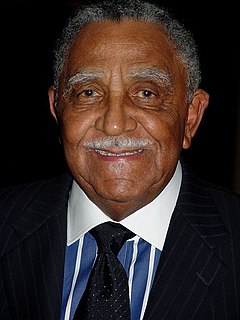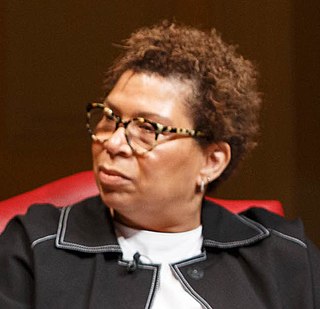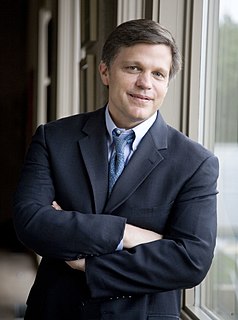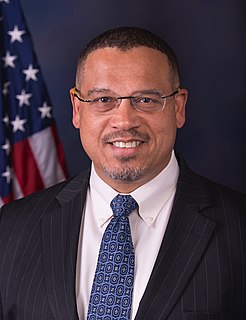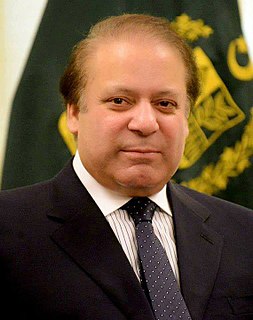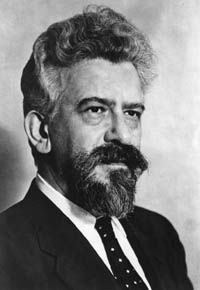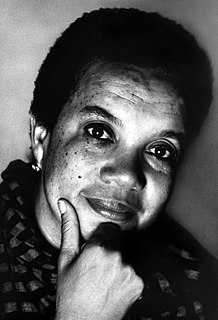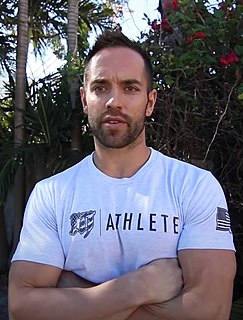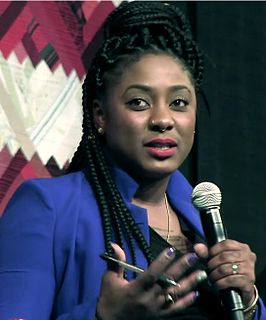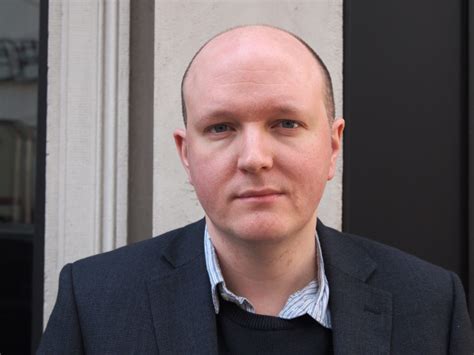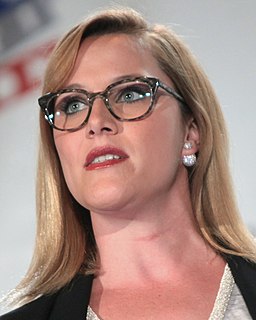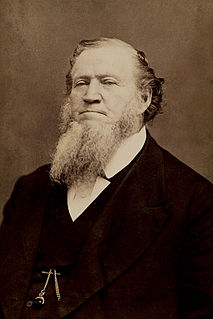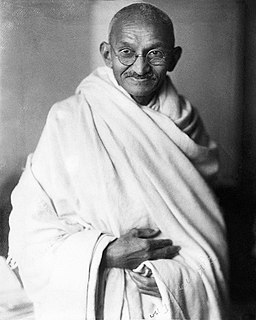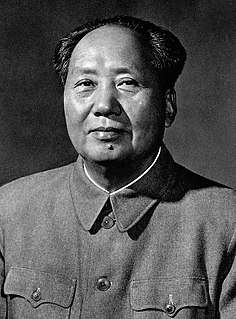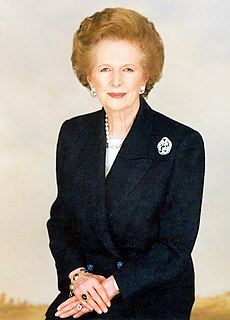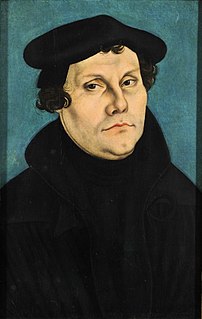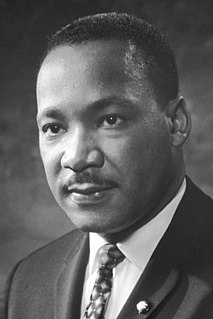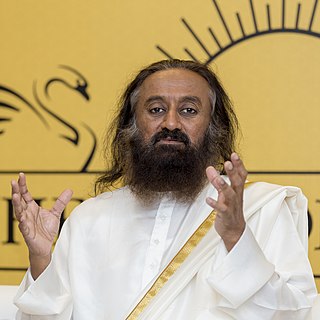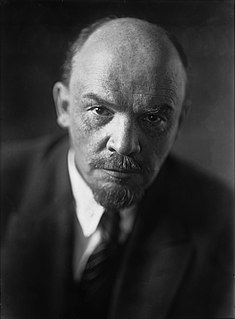A Quote by Hugh Evans
History shows that all protest movements rely on symbols - boycotts, strikes, sit-ins, flags, songs. Symbolic action on whatever scale - from the Montgomery Bus Boycott to wearing a simple wristband - is designed to disrupt our everyday complacency and force people to think.
Related Quotes
Nixon was the one force in Montgomery for a number of years that made any effort in the direction of challenging the power structure. Ed Nixon's source of direction for that comes out of his relationship with the Brotherhood of Sleeping Care Porters and the Randolph philosophy of mass action. So, Ed Nixon really was the force that conceived of the boycott and drew up the original papers for the boycott.

